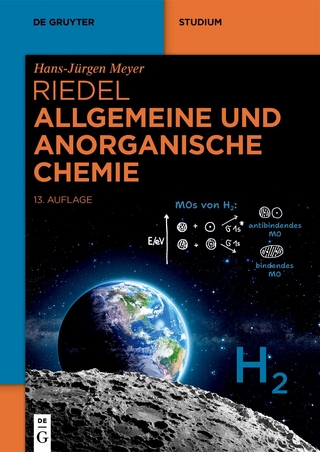
Activation and Catalytic Reactions of Saturated Hydrocarbons in the Presence of Metal Complexes
Springer-Verlag New York Inc.
978-1-4020-0420-9 (ISBN)
hemistry is the science about breaking and forming of bonds between atoms. One of the most important processes for organic chemistry is breaking bonds C–H, as well as C–C in various compounds, and primarily, in hydrocarbons. Among hydrocarbons, saturated hydrocarbons, alkanes (methane, ethane, propane, hexane etc. ), are especially attractive as substrates for chemical transformations. This is because, on the one hand, alkanes are the main constituents of oil and natural gas, and consequently are the principal feedstocks for chemical industry. On the other hand, these substances are known to be the less reactive organic compounds. Saturated hydrocarbons may be called the “noble gases of organic chemistry” and, if so, the first representative of their family – methane – may be compared with extremely inert helium. As in all comparisons, this parallel between noble gases and alkanes is not fully accurate. Indeed the transformations of alkanes, including methane, have been known for a long time. These reactions involve the interaction with molecular oxygen from air (burning – the main source of energy!), as well as some mutual interconversions of saturated and unsaturated hydrocarbons. However, all these transformations occur at elevated temperatures (higher than 300–500 °C) and are usually characterized by a lack of selectivity. The conversion of alkanes into carbon dioxide and water during burning is an extremely valuable process – but not from a chemist viewpoint.
Processes of C-H Bond Activation.- Hydrocarbon Transformations That do not Involve Metals or Their Compounds.- Heterogeneous Hydrocarbon Reactions with Participation of Solid Metals and Metal Oxides.- Activation of C-H Bonds by Low-valent Metal Complexes (“The Organometallic Chemistry”).- Hydrocarbon Activation by Metal Ions, Atoms, and Complexes in the Gas Phase and in a Matrix.- Mechanisms of C-H Bond Splitting by Low-valent Metal Complexes.- Activation of Hydrocarbons by Platinum Complexes.- Hydrocarbon Reactions with High-valent Metal Complexes.- Homogeneous Catalytic Oxidation of Hydrocarbons by Molecular Oxygen.- Homogeneous Catalytic Oxidation of Hydrocarbons by Peroxides and Other Oxygen Atom Donors.- Oxidation in Living Cells and its Chemical Models.
| Reihe/Serie | Catalysis by Metal Complexes ; 21 |
|---|---|
| Zusatzinfo | XIV, 536 p. |
| Verlagsort | New York, NY |
| Sprache | englisch |
| Maße | 152 x 229 mm |
| Themenwelt | Naturwissenschaften ► Chemie ► Anorganische Chemie |
| Naturwissenschaften ► Chemie ► Organische Chemie | |
| Naturwissenschaften ► Chemie ► Physikalische Chemie | |
| ISBN-10 | 1-4020-0420-6 / 1402004206 |
| ISBN-13 | 978-1-4020-0420-9 / 9781402004209 |
| Zustand | Neuware |
| Haben Sie eine Frage zum Produkt? |
aus dem Bereich


